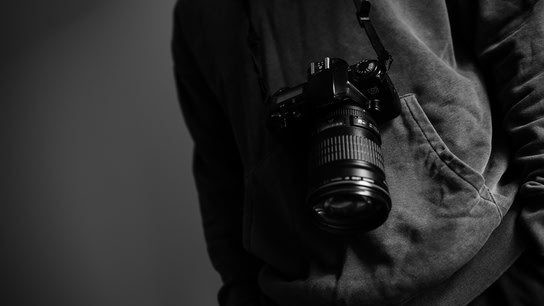There’s a lot of awesome photographs available on royalty-free stock photography repository websites like Pexels, Pixabay, and Unsplash at no cost. But there might be an issue with one of the photos you use, so you should take some precautions to limit your risks.
Disclaimer: I’m not a lawyer and this isn’t legal advice. This article is intended to be entertainment and possibly a wake-up call. This article assumes you’re already familiar with copyright, and royalty-free licensing.
You’ve no guarantees that the royalty-free photographs you get at no cost at repositories of stock photography are okay to use in your works. You can slap a meaningless copyright-disclaimer on your use of the photo, but that won’t help you in any way. The user who uploaded the photo may not have the rights to license it, or the photographer may have changed their mind and taken action to get their rights back.
The license can’t be revoked after a photo have been made available under a Public Domain or similar unrestricted license. The exact details will vary based on the legal jurisdiction of the photographer and you or your company. You should be good to go. However, if someone who didn’t have the rights to license the photograph have uploaded it to a stock photography repository, then the license wasn’t ever legal in the first place.
I reached out to the operators of some of my favorite stock photography repositories, and asked them about how frequently someone disputes a photograph published on their websites.
Annie Spratt from Unsplash told me they almost never receive any requests, and cited only having received 4 requests for the first eight months of 2017. Simon Steinberger from Pixabay cited similar numbers, saying they only receive about 5–10 requests per year.
Considering that both of these websites publish hundreds of royalty free photographs every month, the numbers of requests for removal of photos is quite low.
However, you should still keep a record of exactly where photos came from you use in your works. A record of where the photos came from can demonstrate you acted in good-faith, and help you build a defense if trouble ever sets its legal eyes on you or your website.
You could save the URL where you found the photo in a custom metadata field in your content management system. You can also keep lists mapping image files on your website and their source in a spreadsheet. Alternatively, you could credit the image source on your public website – even though this isn’t strictly required by the license and not always possible to do.
If there ever where a problem, the webpage may very well be taken down. If you’ve the exact address where you got it, you can still reach out and contact that source website and get details on when it was published, and when and why it was removed.
You can also preserve a copy of the webpage for future reference in the case the original website take it down by submitting a website capture request to the Internet Wayback-Machine over at the Internet Archive. That way, you’ve a second record showing that the photo was published under an permissive license.
At the close, I’d also suggest that if you want to mitigate any potential legal risks, you should probably not use newly uploaded photos. Wait a couple of months after a photo was uploaded before using it in your work. That way, reverse image search and bots will have had time to locate, fingerprint, and stir up trouble for photos belonging to photographers likely to take offense and act upon unauthorized republication. It’s also a safety margin for photographers who did upload one of their images but regretted the decision afterward.
